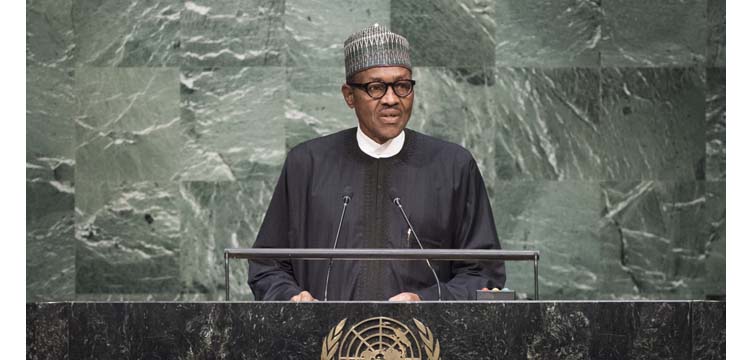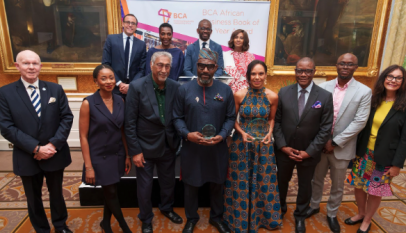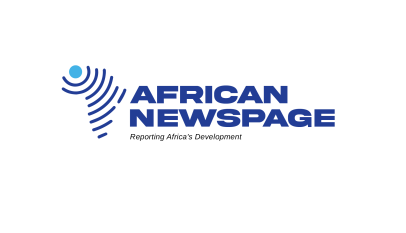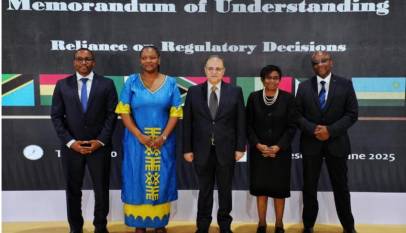OP-ED: As Nigeria wears the cap of global poverty, By Abdullahi Tsanni
Every minute, six people slip into extreme poverty in Nigeria, thus, Nigeria is the new poverty capital of the world.

Various reports have continued to highlight the pitiable condition of massive poverty, underdevelopment and gross educational backwardness in Nigeria. According to a recent of such reports by the Washington-based Brookings Institution, Nigeria has taken over the flag of global poverty from densely populated India; 87 million people were reported to be living in extreme poverty in Nigeria.
Every minute, six people slip into extreme poverty in Nigeria, thus, Nigeria is the new poverty capital of the world.
The Brookings Institution’s report titled: “The start of a new poverty narrative,” read thus: “At the end of May 2018, our trajectories suggest that Nigeria had about 87 million people in extreme poverty compared with India’s 73 million. What`s next, extreme poverty in Nigeria is growing by six people every minute while poverty in India continues to fall.”
Even though significant improvements have been made in the global fight against extreme poverty, the report warns that extreme poverty is still a major issue in Africa – Africa shelters two-third of the world`s poor. Looking at the projected exponential population growth in Africa, this unfortunate development presents a great threat to the realization of sustainable development on the continent, particularly Goal 1 of the Sustainable Development Goals (SDGs) which seeks to end extreme poverty in every part of the world by 2030.
However, the Nigerian government had through its minister of budget and national planning, Udo Udoma, dismissed the World Poverty Clock’s report saying its National Bureau of Statistics (NBS) was the statutory agency of the government with the responsibility for producing Nigeria`s official statistics, including poverty estimates. Udoma argued that the report was not based on any recent household survey on Nigeria`s poverty level conducted by the NBS.
Conversely, while speaking at a recent event on Africa and the Sustainable Development Goals, Yemi Osinbajo, the vice-president of Nigeria had told African leaders that 110 million Nigerians were living in poverty, citing a report of the same National Bureau of Statistics (NBS). One therefore begins to wonder for how long Nigeria will continue to gloss over the pitiable conditions of its citizens. The humongous inequality between the rich and the poor is an obvious one in Nigeria.
Poverty wears a northern cap
Northern Nigeria is home to about 60% of Nigeria’s population and the menace of poverty is devastating across the region. A serving governor of the Boko Haram-ravaged northeastern state of Borno, Kashim Shettima tearfully said: “In Nigeria poverty wears a northern cap; if you are looking for a poor man get somebody wearing a northern cap”. Thus, as Nigeria becomes the poverty capital of the world, northern Nigeria becomes the poverty hub of the country.
Moreover, Oxford University’s multidimensional poverty index data bank for 2017 had stated that northern Nigeria performed very poorly in all aspects of poverty; with 85.38% poverty rates on the average. Six out of the 19 northern states were rated as worst in the sub-national poverty ranking; the report captured the severe deprivations of people in northern Nigeria, with respect to education, health and living standards.
According to UNICEF, 45% of the 186 million Nigerians are made up of children under the age of 15 years and 8.5 million such children are out of school, the highest figures in the world. Moreover, 60% of Nigeria’s out of school children are girls while 60% of the out of school children are in its northern region.
Furthermore, women constitute between 60-79 percent of Nigeria`s rural labor force and over three-quarter of the poorest women in Nigeria have never been to school. The high levels of illiteracy among women in northern Nigeria corresponds with poverty levels in the region, thus, women empowerment through girl child education is an indispensable tool for curbing poverty in the region.
Long before now, the status quo in northern Nigeria is one that views girls and women as inferior due to inherent socio-cultural traditions that place the male gender over and above the female gender. One of the consequences of this unfortunate reality is the low enrollment and retention of the girl child in school which has resulted in gender disparity in the region’s education system.
The common mentality in northern Nigeria is that girls should not be as educated as their male counterparts; as such most parents will rather send their daughters to the street to hawk or marry them off as early possible. Early marriages are detrimental to their future and responsible for high rates of child mortality in northern Nigeria. Research has shown that a baby born of a mother that is under 16 years old is 60 times more likely to die in his or her first 365 days than a baby born of a mother that is just 2 years older.
Girl child education will reduce poverty and severely break its vicious circle. It will also reduce inequality among men and women. Educated women give birth to healthier children with more chances for survival leading to a healthier society. On the other hand, an uneducated woman is much more likely to give birth to unhealthy children. We therefore need to empower our women by supporting girl child education as a means to achieving an equitable and developed society.
Abdullahi Tsanni is a freelance science writer with interest in biotechnology within the context of agricultural research for development (AR4D), climate change and sustainable development goals (SDGs). The views expressed in this article are the author’s own and do not necessarily reflect African Newspage’s editorial policy.
Sources
www.brookings.edu/blog/future-development/2018/06/19/the-start-of-a-new-poverty-narrative/am
www.allafrica.com/stories/20160717056.html
www.unicef.org/nigeria/children-1932.html
www.oxfam.org/en/even-it-nigeria/nigeria/-extreme-inequality-numbers











